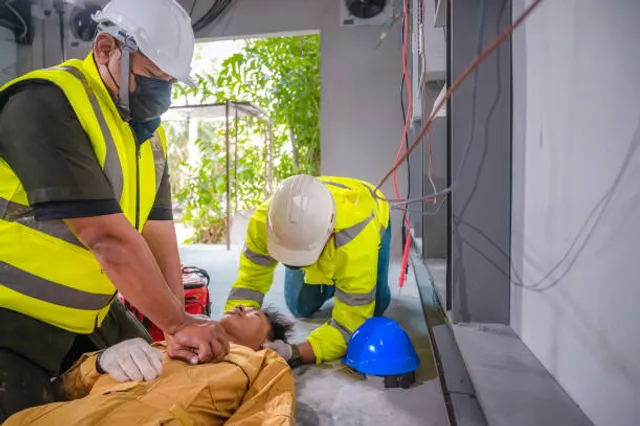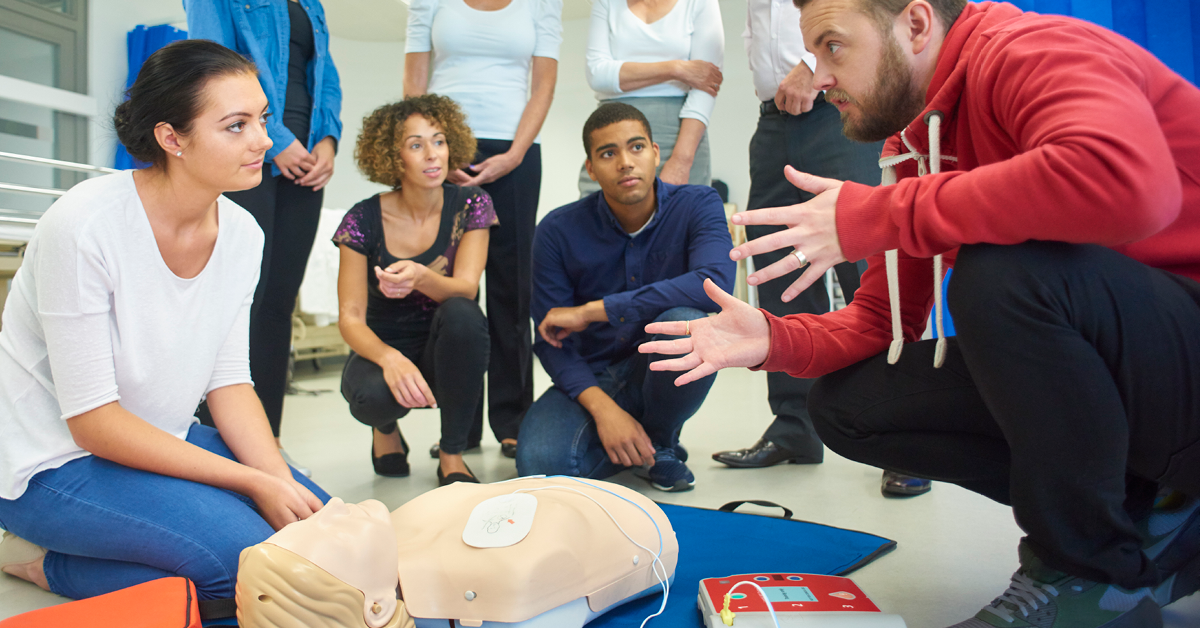The Critical Role of CPR in Low-Voltage Rescue Scenarios

Strong 8k brings an ultra-HD IPTV experience to your living room and your pocket.
Safety is always the most important thing when working with electricity. Even if you take all the right safety measures, mistakes can still happen. One very important situation where professionals may need to act quickly and effectively to save a life is low-voltage rescue (LVR). These are the kinds of scenarios where cardiopulmonary resuscitation (CPR) is very important. Not only are LVR and CPR useful skills for people who work with electricity, but they are also required parts of safety courses like the UETDRRF004 course, which teaches workers how to handle electrical emergencies properly.
What is LVR, and Why is CPR Crucial?
The process of properly saving someone who has been shocked by electricity from a low-voltage source is called low voltage rescue (LVR). This could include an accidental electric shock from tools or machinery, or even coming into contact with exposed wiring. In these situations, a quick response is necessary, and every second counts.
CPR, on the other hand, is a life-saving technique used to maintain circulation and breathing in a person who has stopped breathing or whose heart has stopped beating. The combination of CPR and LVR can be the difference between life and death for an electrical worker who has suffered from an electrical shock. With proper CPR, rescuers can keep the person’s blood circulating and oxygen flowing to vital organs until professional medical help arrives.
The UETDRRF004 Course: Bridging the Gap Between Safety and Response
The UETDRRF004 course, or "Perform Rescue from a Low Voltage Electrical Incident," is a nationally recognized training program designed for workers in the electrical industry. This course teaches participants the correct techniques for conducting an emergency rescue in the event of an electrical shock. Part of this training includes CPR and LVR, which are integral to the safe and effective rescue of an injured worker.
By completing the UETDRRF004 course, professionals gain the skills needed to assess an emergency situation, isolate the power source, and perform CPR when necessary. The course also focuses on communication skills, ensuring that workers can alert emergency responders quickly and efficiently.
In low voltage rescue scenarios, where the heart may stop due to electric shock, performing CPR immediately can greatly improve the chances of survival. The UETDRRF004 course ensures that participants are not only familiar with the physical aspects of rescue techniques but are also well-versed in the life-saving steps of CPR.
The Critical Role of CPR in Electrical Incidents
Electrical shocks, even ones from low-voltage sources, can be very dangerous and even cause cardiac death. When someone is shocked by electricity, the current can mess up the heart's normal rhythm, which can cause arrhythmias (irregular heartbeats) or even cardiac arrest. This is where CPR comes in handy.
The main goal of CPR is to get blood flowing again to the brain and other important organs. As part of CPR, chest compressions and, if needed, emergency breathing are done. To give the person a better chance of life until more advanced medical care can be given, the rescuer can keep oxygenated blood flowing to the brain and heart.
CPR is very important in low-voltage rescue cases where a worker may have passed out from an electrical shock. Without it, organs could be damaged from a lack of oxygen. Quickly starting CPR can make a big difference in how well the person recovers.
How CPR and LVR Work Together
In an emergency involving low-voltage exposure, it is essential to act quickly and in the right order. The first step is always to isolate the source of electrical current to ensure the rescuer’s safety. Once the source is disconnected, it’s time to assess the victim. If the person is unresponsive and not breathing, CPR should be initiated immediately. This combination of low-voltage rescue (LVR) and CPR ensures that the person has the best possible chance of survival until paramedics or emergency services arrive.
By understanding and practising CPR and LVR techniques as part of the UETDRRF004 course, electrical workers and rescue teams can be prepared for these critical situations. When every second counts, having the confidence to know how to do these life-saving moves can make all the difference.
Conclusion
The integration of CPR into Low Voltage Rescue (LVR) scenarios is not just a precaution; it is a vital response that can save lives. The UETDRRF004 course provides electrical workers with the training they need to perform LVR and CPR effectively, ensuring that they are equipped with the skills required in an emergency. Electrical incidents are unpredictable, but with proper training in CPR and LVR, professionals can act swiftly and decisively, ultimately saving lives and reducing the long-term impact of electrical accidents. If you’re in the electrical industry, ensure your team is trained and ready to respond effectively by completing the UETDRRF004 course.
Note: IndiBlogHub features both user-submitted and editorial content. We do not verify third-party contributions. Read our Disclaimer and Privacy Policyfor details.







